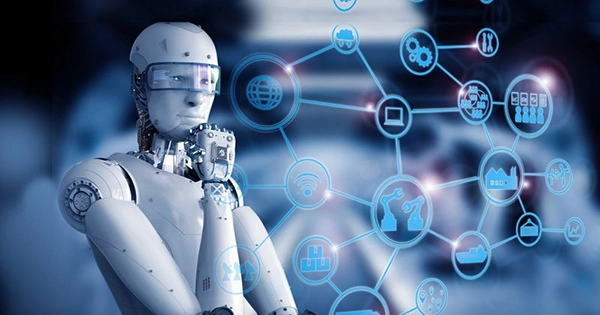The most recent technological advancements demonstrate that the way artificial intelligence (AI) is used in our lives and enterprises is about to undergo a significant change. Let me first dispel the myth that AI is the same as automation and algorithms. The reason for this misunderstanding is marketing. Consider this: When was the last time you “fuelled” an upcoming SaaS or IT product using AI? Similar to “all-natural” on food packaging, this word is becoming ubiquitous and essentially worthless.
But the future of how people and organizations operate in the world depends on real AI, and advancement is being made thanks to a significant development in AI frameworks. As a product manager in the deep learning industry, I am aware that the commercial and business applications of AI that are now being used do not even come close to capturing its full inherent potential. In fact, I think we’ve only begun to scrape the surface.
In-room computing, the applications for ambient computing will expand with the arrival of the next generation of AI devices. Ambient refers to where you are. Computing is the process of computing. We’re all used to using Siri to ask for directions or Alexa to handle our calendar alerts; similar systems may also be used to automate settings or chores. That is arguably the simplest example of an ambient computing application.
The term “ambient computing” refers to the process of a device carrying out operations without being explicitly told to; therefore, the idea that it is “in the background.” The difference between natural and artificial intelligence closes significantly in ambient computing. Motion tracking, wearables, voice recognition software, and gesture recognition are some of the technologies employed in this. All of this contributes to the sensation of human desire and mechanical fulfillment.
Devices and systems may now talk with one another thanks to the Internet of Things’ (IoT) unfettered connection and data transmission. With a network of interconnected gadgets, it’s simple to imagine a day where technology seamlessly supports human experiences at every step.
But without AI, which provides the patterning, ambient computing would not be nearly as valuable. With AI, software can “learn” the norms and patterns effectively enough to predict our routines and do activities that support our everyday lives. This is helpful and intriguing from a personal perspective. However, it’s crucial for businesspeople and professionals to understand the bigger market realities of how ambient computing and AI can enable future innovation.
















